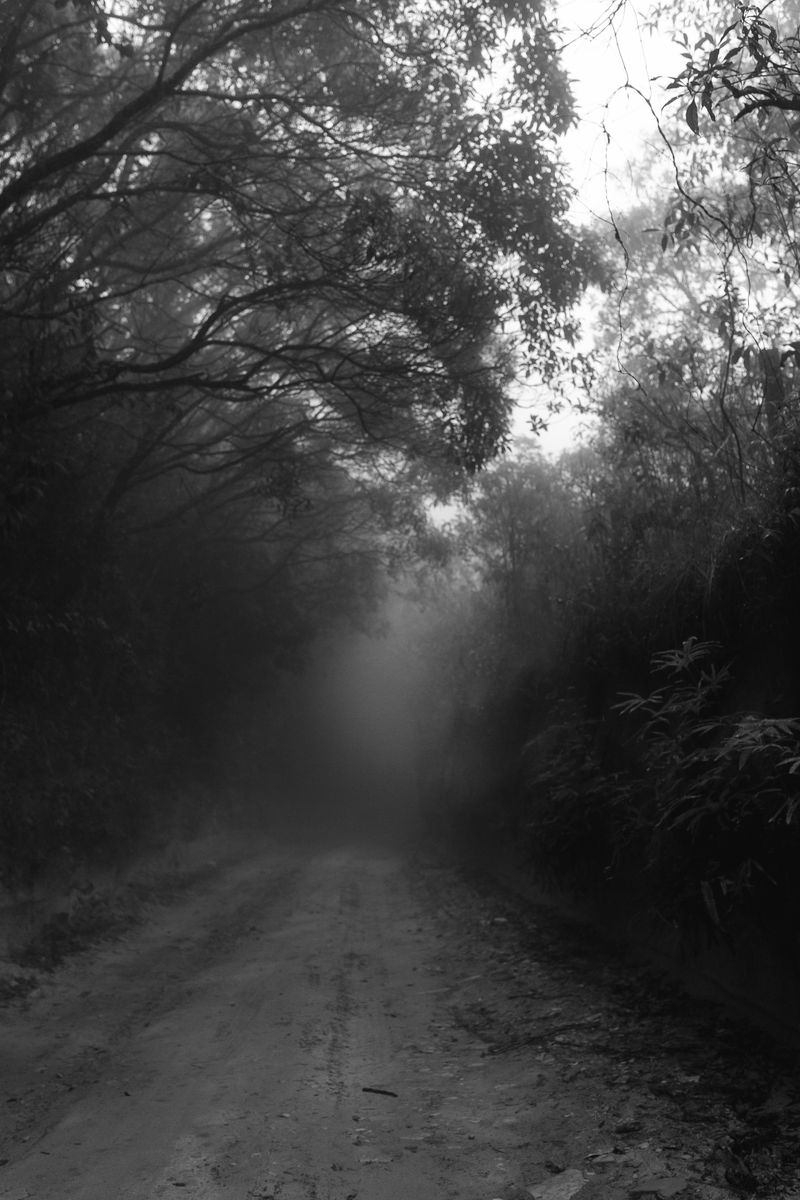A Closer Look: The Audacious Ending of “Killers of the Flower Moon,” Explained
Martin Scorsese’s Career-Long Obsessions
Martin Scorsese’s latest film, “Killers of the Flower Moon,” delves into his career-long obsessions with storytelling and history. The film, adapted from David Grann’s nonfiction book of the same name, follows the gripping story of the Osage Reign of Terror. Scorsese’s interest in this story comes to a climax in the film’s audacious ending.
A Historical Context
Scorsese is aware that he is not the first to tell the story of the Osage Reign of Terror, nor are his predecessors exemplary. The FBI, which arrived in Oklahoma many years after the killings began, used the case to promote itself through a radio drama called “The Lucky Strike Hour.” J. Edgar Hoover himself later participated in a film called “The FBI Story,” which briefly recreated the Osage case. However, it is the radio drama that particularly resonated with Scorsese and serves as the astonishing coda to his film.
The Unfolding Story
“Killers of the Flower Moon” meticulously unfolds the story of Mollie Burkhart, an Osage woman, and Ernest Burkhart, a white man who moves to Oklahoma. Ernest, working for his powerful uncle William Hale, falls in love with Mollie, realizing the wealth she possesses due to the oil deposits on Osage land. As Ernest conspires with his uncle to seize the Osage’s wealth using violence, Mollie’s love for him remains strong. Scorsese attempts to answer why Mollie stayed with Ernest, as even FBI agents questioned this at the time. The film shows the internal struggle Ernest faces between fear, greed, and genuine love for his wife.
The Distorted Historical Record
As the film nears its conclusion, Ernest is convicted for his crimes, and Mollie finally walks away from him, realizing the depth of his betrayal. This personal and devastating moment showcases Mollie’s agency, an aspect usually absent from narratives about Native Americans. However, Scorsese then takes a bold leap into the future. The next scene presents an entirely white cast recreating the Osage story for a stage-produced radio drama, offering a cozy narrative conclusion that bears no resemblance to the reality depicted in the film.
Scorsese Enters the Spotlight
In this radio drama scene, Scorsese himself takes the stage, stepping into a spotlight that transcends the confines of reality. He reads the part of the story that never made it into “The Lucky Strike Hour”: what happened to Mollie, the heroine of his version of the story. The film ends with Scorsese’s words describing Mollie’s obituary, emphasizing that there was no mention of the murders. Scorsese frequently appears in his own films, commenting on the action and the limitations of one person’s perspective.
The Power of Storytelling
Scorsese’s fascination with storytelling is a recurrent theme throughout his career. He explores how the drama of real life can be transformed or forgotten over time. In his films, Scorsese often showcases how stories are remembered incorrectly, or how violent men and criminal enterprises are romanticized. “Killers of the Flower Moon” serves as a corrective to this trend, shedding light on the Osage culture that has been misrepresented and overlooked by Hollywood.
Acknowledging Limitations
Scorsese’s presence on the same stage as the radio drama in the film’s ending is a self-aware acknowledgement of his abilities and limitations as an Italian American filmmaker telling a story centered on Native Americans. Just as historians can only piece together fragments of the story, filmmakers can only capture a portion of what they see. The final shot of the film, an overhead view of a present-day Osage gathering, symbolizes the return of the story to its rightful place with the Osage people.
The Ripple Effect of Storytelling
“Killers of the Flower Moon” and Grann’s book both highlight the uncertainty and gaps in historical records. The film adds its perspective to the historical narrative, but Scorsese recognizes that it, too, may become blinkered and biased with time. As the story progresses to the future, it acknowledges that even the most comprehensive films or books can only offer fragments of the whole truth.
Editorial: Shining a Light on Forgotten Histories
The audacious ending of “Killers of the Flower Moon” serves as a powerful commentary on the limitations of storytelling and the distortion of historical records. By shedding light on the Osage Reign of Terror and the culture that has been willfully misrepresented, Martin Scorsese adds an important piece to the cinematic historical record. His film serves as a late-career correction to the myths perpetuated by his earlier works, challenging the romanticized narratives of violent men and criminal enterprises.
The ending scene, with Scorsese himself stepping into the spotlight, emphasizes the importance of expanding perspectives and striving for comprehensive storytelling. As an Italian American filmmaker, Scorsese recognizes the boundaries of his own perspective and the need for diverse voices to tell their own stories. He gracefully hands the narrative back to the Osage people, acknowledging that their voices should take center stage.
This film is a reminder that history is not fixed or absolute. It evolves and is shaped by the narratives we construct and the stories we choose to tell. Through that lens, “Killers of the Flower Moon” encourages us to critically examine the history we have inherited and work towards a more inclusive and accurate understanding of the past.
Advice: Supporting Diverse Voices in Filmmaking
“Killers of the Flower Moon” and its audacious ending prompt us to reflect on the importance of supporting diverse voices in filmmaking. It serves as a call to action for the industry to prioritize stories from underrepresented communities, ensuring their narratives are given the space and respect they deserve.
Film studios, production companies, and audiences alike must actively seek out diverse stories and support filmmakers from marginalized backgrounds. This includes funding projects, providing opportunities for diverse voices to be heard, and amplifying their stories through marketing and distribution efforts. By doing so, we can help bridge the gaps in historical narratives and create a more inclusive and accurate representation of our shared history.
Additionally, film schools and institutions should strive to create welcoming and inclusive environments for aspiring filmmakers from diverse backgrounds. Scholarships, mentorship programs, and networking opportunities can help break down barriers and cultivate a new generation of storytellers who can bring fresh perspectives to the industry.
In conclusion, “Killers of the Flower Moon” and its audacious ending leave a lasting impression, urging us to critically examine the stories we tell and the histories we hold dear. By supporting diverse voices in filmmaking, we can contribute to a more inclusive and comprehensive understanding of our collective past.

<< photo by Lucas Pezeta >>
The image is for illustrative purposes only and does not depict the actual situation.
You might want to read !
- The Intricate Conclusion of Killers of the Flower Moon: A Comprehensive Analysis
- “Unmasking the Dark Truth: How ‘Killers of the Flower Moon’ Brings the Untold Story to Light”
- Epic Ambitions and Potential Pitfalls: Analyzing Martin Scorsese’s ‘Killers of the Flower Moon’
- Introducing “Leave the World Behind”: A Riveting Journey of Intrigue and Uncertainty
- The Rise of Argylle: When Kingsman Meets Barbie in a Trenchcoat
- “Unveiling the Enigma: Decoding the Shocking Climax of Dear Child and Jasmin’s Fate”
- Joran van der Sloot’s Shocking Confession: Admitting to the Murder of Alabama Teen Natalee Holloway
- “Exploring the Disturbing Case of Gypsy Rose Blanchard: Unveiling the Truth Behind a Munchausen Mom Murderer”
- The Troubling Questions Surrounding Netflix’s “Who Killed Jill Dando”
- Bill Burr: A Hidden Gem in Jason Reitman’s Latest Film
- Unveiling the Intrigues: The Depths of ‘Bosch: Legacy Season Two’ Explored
- ‘Bosch: Legacy’ Season 2: The Perfect Blend of Gripping Drama and Heartwarming Fatherhood, Now Available on Freevee
- Confrontation on Michigan Picket Line: Truck Driver Brandishes Gun During UAW Strike in Warren, Ontario
- Polish-Canadian Convicted for Antisemitic Projection onto Anne Frank Memorial: Combating Hate Crimes in Canada
- Britney Spears opens up about a ‘passionate’ fling with Colin – A revealing account of a two-week tryst
- Hardik Pandya’s Injury Raises Concerns for the Indian Cricket Team
- Mysterious Journeys: Introducing the Ensemble of Netflix’s Time-Travel Crime Drama
- Report: OKC to Acquire and Waive Porter Jr. Signals Shifting Priorities for Thunder
- A Majestic Merging of Talent and Romance: The Enchanting Venice Wedding of Anya Taylor-Joy and Malcom McRae
- End of an Era: Kleenex Tissues Bid Farewell to Canadian Shelves




